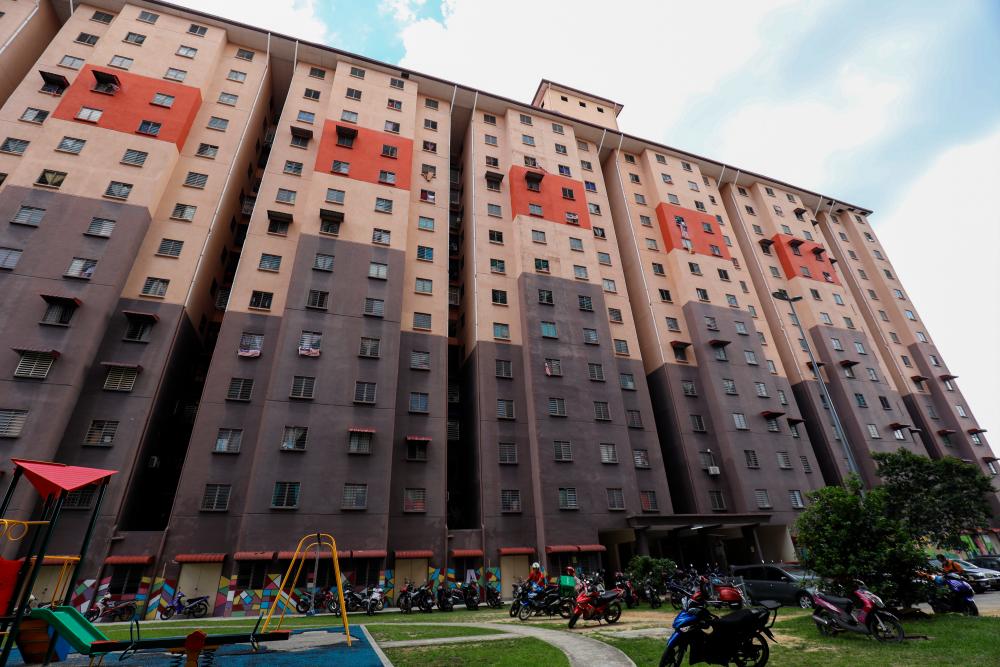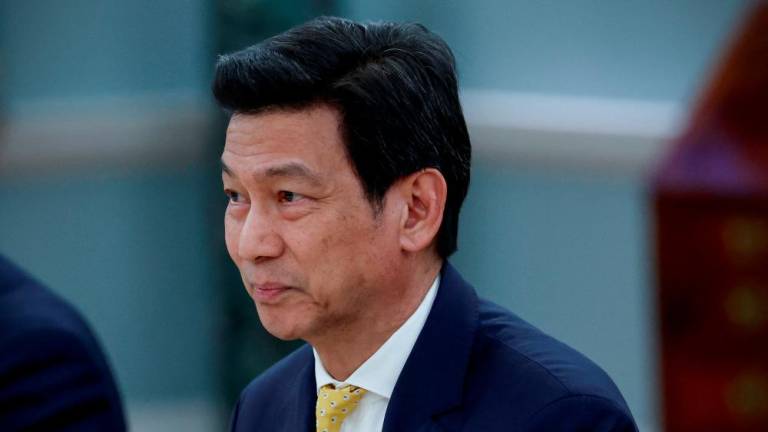PETALING JAYA: Should government agencies and essential goods businesses move to the outskirts of urban areas to boost economic conditions at affordable housing locations?
Think-tank Emir Research head of Social, Law and Human Rights, Jason S.W. Loh, thinks so.
“To promote productivity and effective deployment of human resources, it is a good idea to disperse and reassign civil servants farther away from the city area,” he said.
“It doesn’t necessarily have to be about relocation to another district or state, but about reconfiguring the urban setting to be closer to the ‘marketplace’, that does not have to be mainly based in the central business district.
“The relocation or setting up of new government operating sites such as Urban Transformation Centres (UTC) and government complexes could be based on demographic surveys, urban geographic mapping, data analytics and so on.”
Loh added that the move would also take pressure off traffic and contribute to easing congestion in urban centres.
He also said “re-centring” of government operations to “outer zones” would revitalise or add value to the surrounding areas that can be integrated into new townships or developments.
However, Loh cautioned that there is a risk of the “outer zones” becoming more expensive for the lower-income groups.
“To address this, affordable housing (both rental and ownership) should be built by the government. Affordable housing should be self-contained, with not only playground facilities and community halls in place but also cooperatives and food courts and (local) hypermarkets that are easily accessible to civil servants and employees of the UTC and government complexes,” he said.
“This would provide business, employment and income opportunities for residents of the affordable housing projects. At the same time, commuter connectivity should also be ensured by having a transit-oriented development that would cater to those living outside the area, such as LRT or MRT stations and shopping malls.”
On whether tax incentives should be provided to encourage essential goods businesses to move, Loh said one of the most important tax or fiscal or business incentives for a business is typically the electricity bill.
“In effect, an electricity rebate or lower tariffs can act as a tax cut for businesses. It would also promote more effective deployment of electricity by redirecting excess supply to areas outside the Klang Valley. The central region, home to just a third of the entire Peninsula population, accounts for 43% of the electricity demand,” he said.
Additionally, Loh suggested that a lower chargeable corporate tax be introduced – between 18% and 20% across the board.
“For small and medium enterprises, the tax cuts within the pre-existing schedule for the marginal rate could be lowered to 15% for the first RM600,000 payable. Lowering of corporate tax does not have to be permanent, but be reviewed after two to three years.”
Meanwhile, Universiti Malaya Asia-Europe Institute professor of economics Dr Rajah Rasiah said the quadruple helix committees created by the government should ensure that such houses are indeed affordable.
“Once that is clear, the provision of affordable transport and access to affordable essential goods can help avert problems. Since oil and gas are among essential goods, which also often faces volatile fluctuations in prices and is a major cause of climate change and global warming, Malaysia should raise the cess that goes into the National Trust Fund that was launched in 1988,” he said.
However, Rajah noted that the costs of administering differential tax incentives to encourage businesses of essential goods to set up shop in smaller towns would likely be too complicated and high, and the value chains of linkages involving essential goods would often include non-essential goods.
“Hence, such a practice could produce a cumbersome system that could become counterproductive. Instead, it may be better to map the value chain and clusters involving essential goods, and seek strategies to lower production and distribution costs, as well as improve connectivity and coordination between buyers and sellers,” he said.











